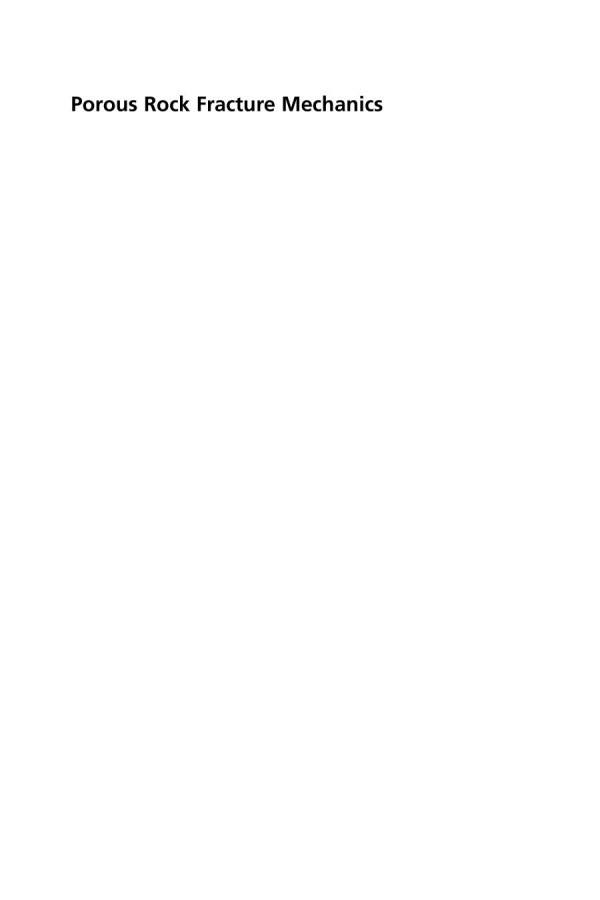

Most ebook files are in PDF format, so you can easily read them using various software such as Foxit Reader or directly on the Google Chrome browser.
Some ebook files are released by publishers in other formats such as .awz, .mobi, .epub, .fb2, etc. You may need to install specific software to read these formats on mobile/PC, such as Calibre.
Please read the tutorial at this link: https://ebookbell.com/faq
We offer FREE conversion to the popular formats you request; however, this may take some time. Therefore, right after payment, please email us, and we will try to provide the service as quickly as possible.
For some exceptional file formats or broken links (if any), please refrain from opening any disputes. Instead, email us first, and we will try to assist within a maximum of 6 hours.
EbookBell Team

4.4
32 reviewsPorous Rock Failure Mechanics: Hydraulic Fracturing, Drilling and Structural Engineering focuses on the fracture mechanics of porous rocks and modern simulation techniques for progressive quasi-static and dynamic fractures. The topics covered in this volume include a wide range of academic and industrial applications, including petroleum, mining, and civil engineering.
Chapters focus on advanced topics in the field of rock’s fracture mechanics and address theoretical concepts, experimental characterization, numerical simulation techniques, and their applications as appropriate. Each chapter reflects the current state-of-the-art in terms of the modern use of fracture simulation in industrial and academic sectors. Some of the major contributions in this volume include, but are not limited to: anisotropic elasto-plastic deformation mechanisms in fluid saturated porous rocks, dynamics of fluids transport in fractured rocks and simulation techniques, fracture mechanics and simulation techniques in porous rocks, fluid-structure interaction in hydraulic driven fractures, advanced numerical techniques for simulation of progressive fracture, including multiscale modeling, and micromechanical approaches for porous rocks, and quasi-static versus dynamic fractures in porous rocks.
This book will serve as an important resource for petroleum, geomechanics, drilling and structural engineers, R&D managers in industry and academia.